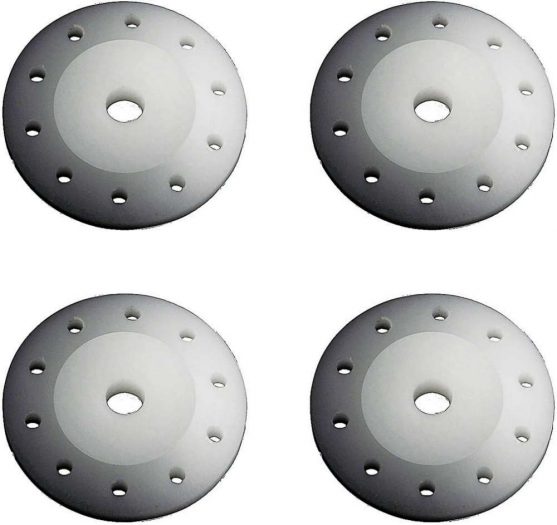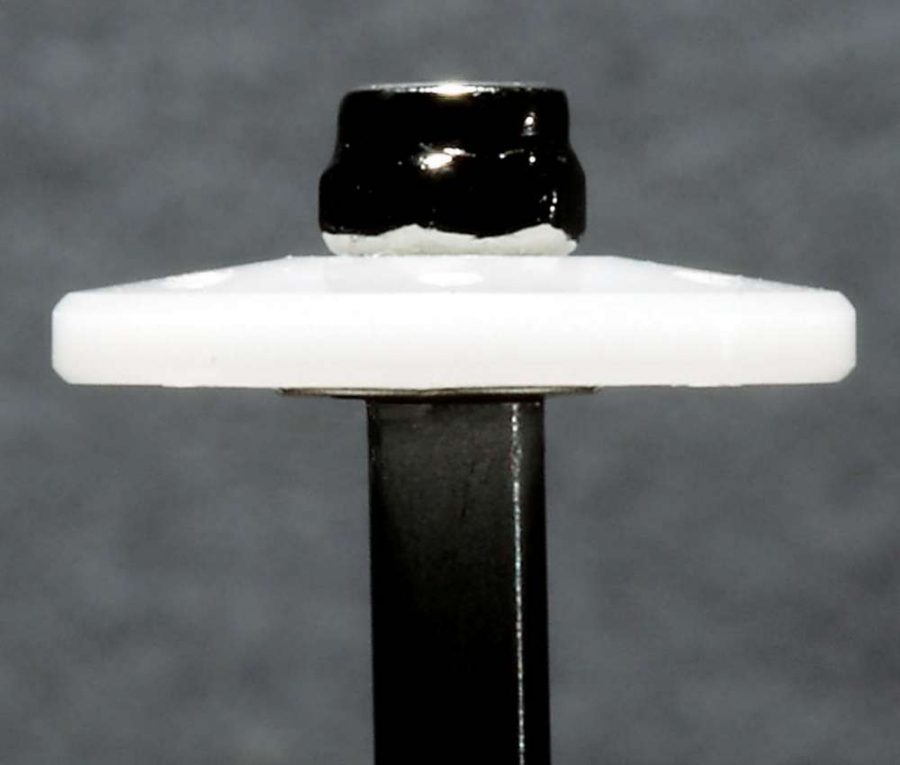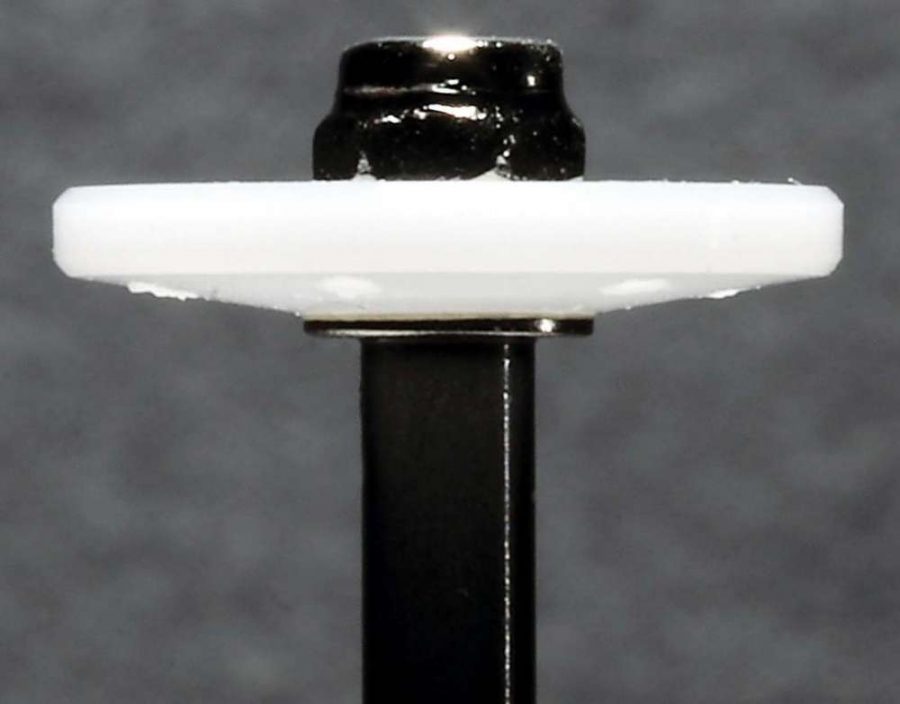Adding another tool to your tuning toolbox
This article was originally published in RC Driver’s June 2015 issue.
By Scott Donaldson
 Whether you are racing or bashing, tuning your suspension to work the best for the surface you’re driving over is essential to the performance and handling of your vehicle. When trying to get dialed in we often turn to some of the basics because they’re easy to understand. Changing shock oil or going with thicker or thinner shock oil are some of the first changes we often make. One of the most impactful changes you can make is one of the newest tuning options for your shocks and that is to replace your standard pistons with tapered pistons. With any new tuning option there can be con- fusion regarding what this change does, how it works and how is it beneficial to you. Never fear as we’re here to help fill in the blanks for you.
Whether you are racing or bashing, tuning your suspension to work the best for the surface you’re driving over is essential to the performance and handling of your vehicle. When trying to get dialed in we often turn to some of the basics because they’re easy to understand. Changing shock oil or going with thicker or thinner shock oil are some of the first changes we often make. One of the most impactful changes you can make is one of the newest tuning options for your shocks and that is to replace your standard pistons with tapered pistons. With any new tuning option there can be con- fusion regarding what this change does, how it works and how is it beneficial to you. Never fear as we’re here to help fill in the blanks for you.
WHAT IS A TAPERED PISTON?
Simply put, a tapered piston is a piston that has a different shape or contour on one side of the piston than the other. There’s no set radius that the taper can be—some manufacturers use a steep taper, others are shallower. Only one side of a tapered piston is tapered generally and the taper changes the resistance to how the shock oil flows around the piston, between it and the shock body (this is called blow-by). The taper on the face of the piston is reducing the resistance of the piston as it passes through the shock oil. While not completely similar, it would be like if you had the option of having all of your shock piston holes open when the shock rebounds but have them closed by 10% on compression.
WHAT DIRECTION? UP OR DOWN?
This is a pretty active debate. There are some people who believe the taper should only be installed downward in the shock body so that the compression is unchanged but the rebound occurs with less resistance. There are others who feel that you can install the pistons in either direction to change either the compression or the rebound. My opinion? It is a tuning aid so feel free to experiment with either orientation. However, most people have noticed the biggest handling improvement when the taper is installed downward which helps on the rebound.
TAPERED PISTON HOLES
In addition to tapering the actual shape of the piston, some manufacturers such as X-Ray have developed shock pistons featuring piston holes that are themselves tapered. Since these pistons rely more on the oil passing through them compared to blow-by they may, in theory, have a bigger impact on dampening than simply tapered pistons. When you install the pistons with the larger opening on the taper down, the shock will have more pack upon compression but will also have a quicker rebound. When you install the pistons with the larger opening on top, the shock will compress more quickly but rebound more slowly
WHEN SHOULD YOU USE TAPERED PISTONS?
As I mentioned, using tapered pistons is just another adjustment tool to have in your back pocket. Generally speaking using a tapered piston or a piston with tapered holes makes the biggest difference when driving on bumpy or rough terrain. Tapered pistons will allow the shocks to still have the firmness on compression that provides more pack and potentially prevent bottoming out while allowing the shock to rebound more quickly. This will often help your car or truck soak up the rough stuff easier while remaining sure- footed. If you’re driving on a sugared track, using slicks or on Astroturf you probably won’t see the benefits that others running on rougher, more blown-out and low-traction surfaces would see.
CONCLUSION
Tapered pistons are another new tuning option. Don’t be afraid to test and experi- ment with them. One of the coolest things about our cars and trucks is simply how tunable they are, including the shock package. Don’t worry if your manufacturer doesn’t make tapered pistons for your par- ticular model, many manufacturers have somewhat standardized shock sizes which makes things easier than ever to test and tune. Have a TLR buggy but they don’t offer tapered pistons yet? They use 12mm shock bodies, the same as Team Associated and they do have tapered pistons! One final tip is to make sure that you install the taper in the same direction left-to-right; otherwise you may run into inconsistent handling issues.
 RC Driver The Best In RC Car & Truck News, Reviews & Video
RC Driver The Best In RC Car & Truck News, Reviews & Video 









